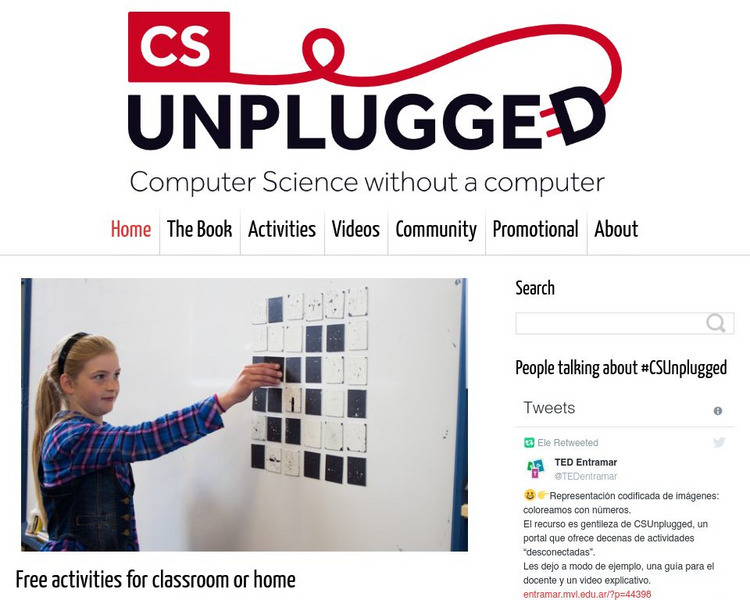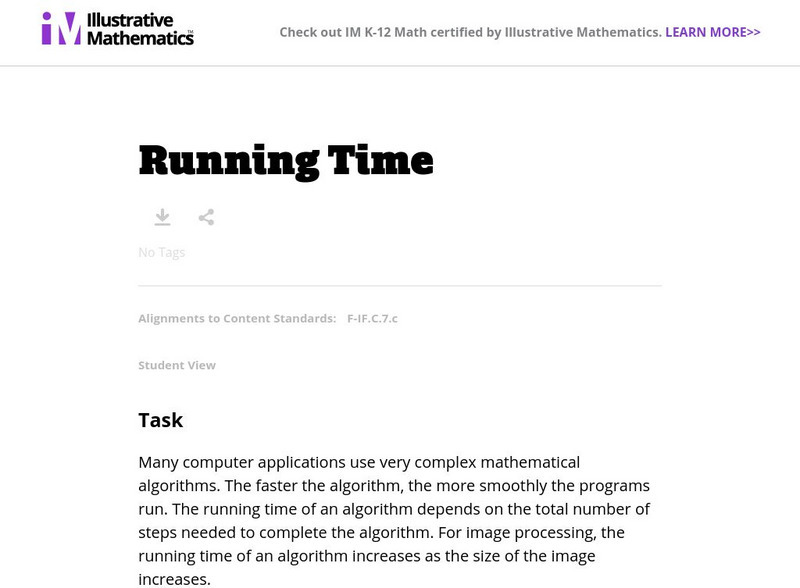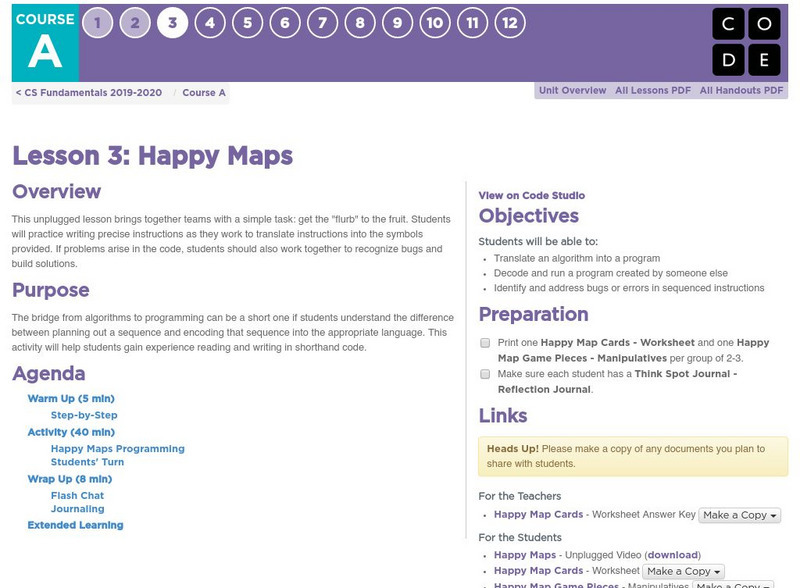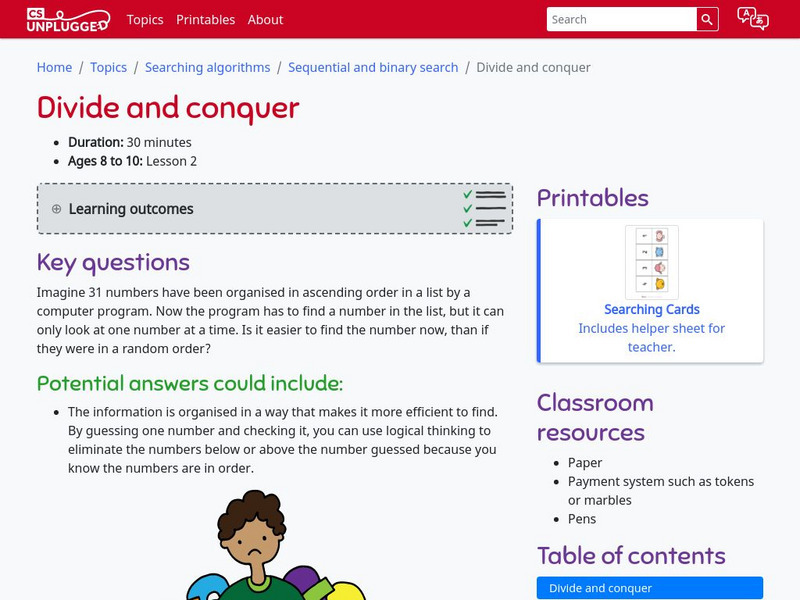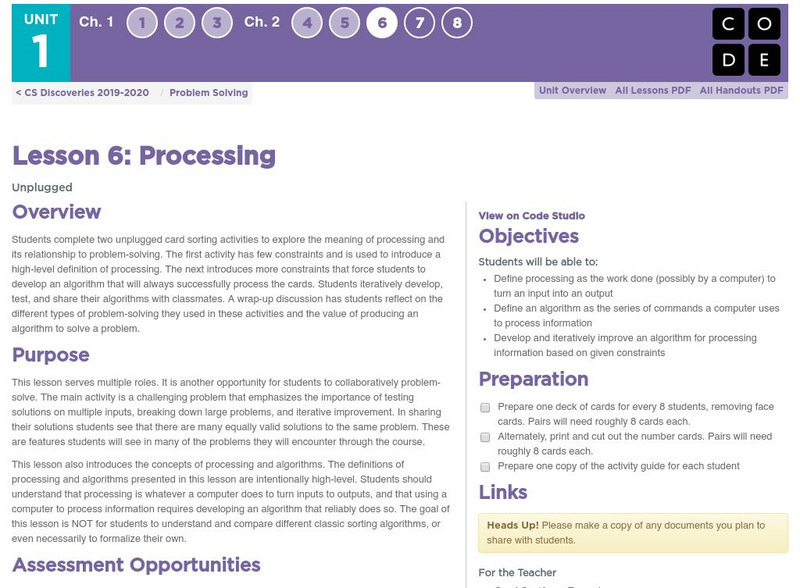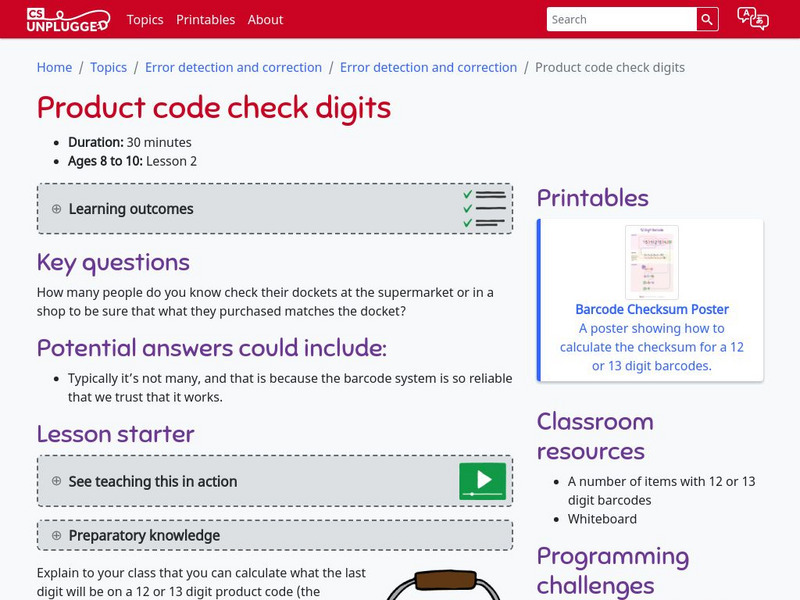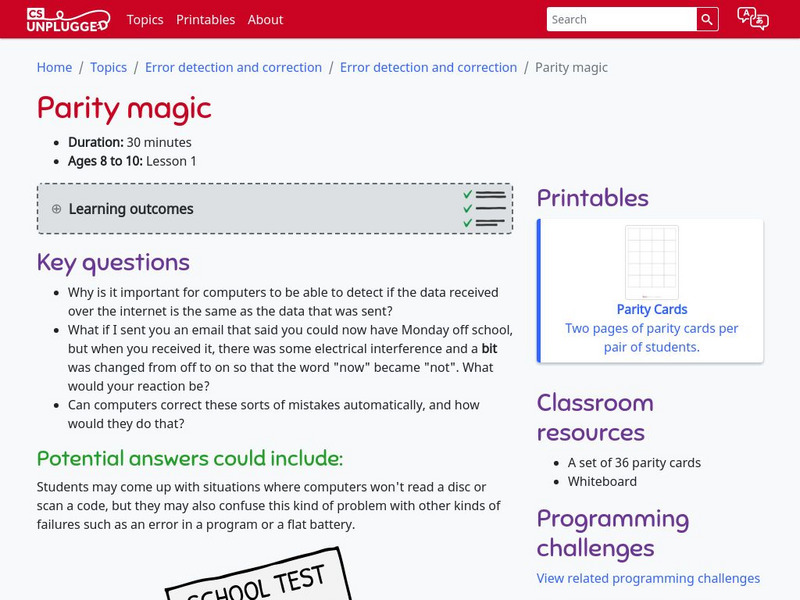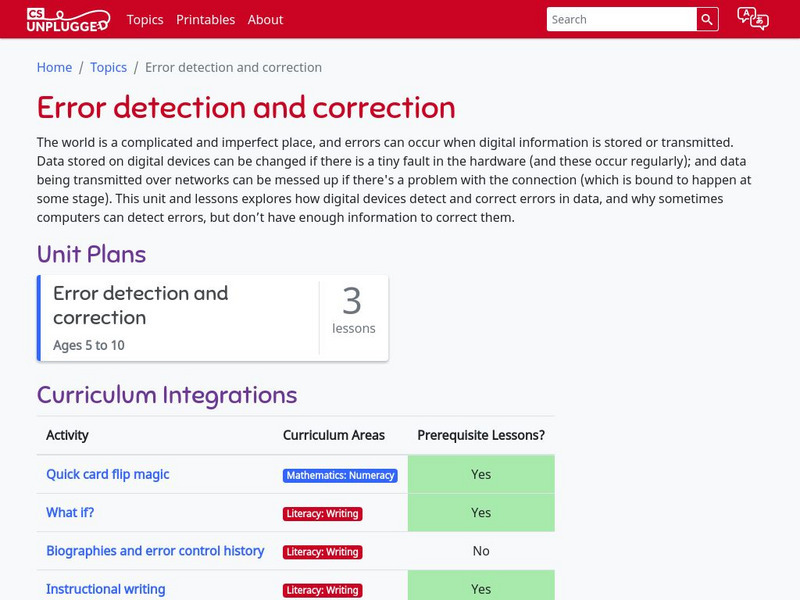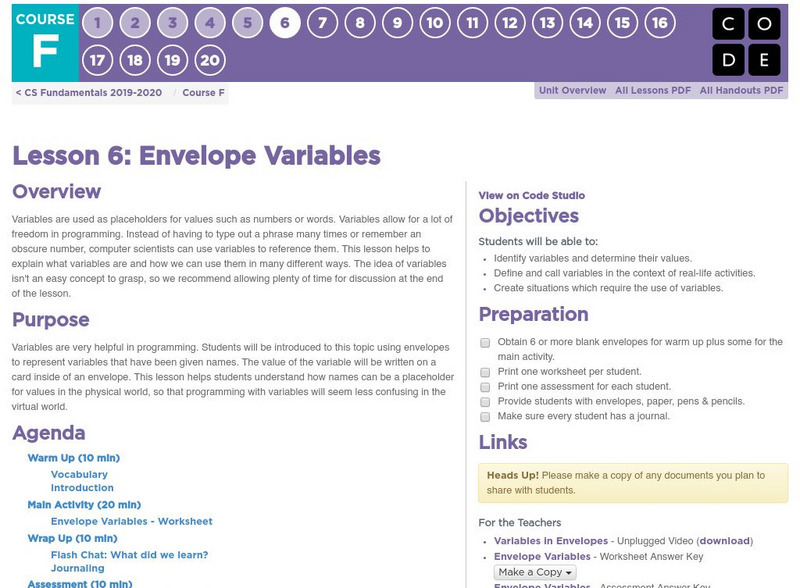Curated OER
Google for Education: Children and Technology: Sorting
Students learn about data sorting, and by what criteria can one sort things by different algorithms such as selection, insertion and bubble sort.
TED Talks
Ted: Ted Ed: What's the Fastest Way to Alphabetize Your Bookshelf?
You work at the college library. You're in the middle of a quiet afternoon when suddenly, a shipment of 1,280 books arrives. The books are in a straight line, but they're all out of order, and the automatic sorting system is broken. How...
TED Talks
Ted: Ted Ed: Inside Ok Cupid: The Math of Online Dating
Christian Rudder, one of the founders of popular dating site OKCupid, details the algorithm behind connecting couples online. [7:30]
TED Talks
Ted: Ted Ed: What's an Algorithm?
An algorithm is a method of solving problems both big and small. Though computers run algorithms constantly, humans can also solve problems with algorithms. David J. Malan explains how algorithms can be used in seemingly simple...
Mangahigh
Mangahigh: Number: Multiplication Algorithm
This site provides students practice with the concept of multiplication algorithms. Students can learn about the topic by completing an interactive tutorial. Students can then take a ten question timed test to practice the skill.
University of Canterbury
University of Canterbury: Cs Unplugged
A collection of free learning activities that teach computer science through games and puzzles that use cards, string, crayons and lots of running around. The activities introduce students to computational thinking through concepts such...
Annenberg Foundation
Annenberg Learner: Running a Function Machine
The connected machine is a single function that takes an input, runs it through the network inside and produces an output. You control a network of function machines along with the input and the operation performed by each machine to...
Illustrative Mathematics
Illustrative Mathematics: F if Running Time
This task provides an application of polynomials in computing. Learners are asked to calculate the running time of algorithms for loading images of different sizes. They then graph the running time polynomials and decide which is more...
Code.org
Code.org: Cs Fundamentals: Happy Maps
The bridge from algorithms to programming can be a short one if learners understand the difference between planning out a sequence and encoding that sequence into the appropriate language. This activity will help students gain experience...
University of Canterbury
Cs Unplugged: Divide and Conquer
Imagine 31 numbers have been organized in ascending order in a list by a computer program. Now the program has to find a number in the list, but it can only look at one number at a time. Is it easier to find the number now, than if they...
Code.org
Code.org: Cs Fundamentals: My Robotic Friends
This unplugged lesson brings the class together as a team with a simple task to complete: get a "robot" to stack cups in a specific design. This activity lays the groundwork for the programming that students will do throughout the course...
Code.org
Code.org: Cs Fundamentals: Programming With Angry Birds
In this lesson plan, young scholars will develop programming and debugging skills on a computer platform. The block-based format of these puzzles help students learn about sequence and concepts, without having to worry about perfecting...
Code.org
Code.org: Cs Fundamentals: Lesson 6: Processing
Students complete two unplugged card sorting activities to explore the meaning of processing and its relationship to problem-solving.
Code.org
Code.org: Cs Fundamentals: Lesson 4: Debugging With Laurel
Learners will practice debugging in the "collector" environment. Students will get to practice reading and editing code to fix puzzles with simple algorithms, loops and nested loops.
University of Canterbury
Cs Unplugged: Quick Card Flip Magic
Every item of data that we store and transmit has extra bits added to it to prevent errors. Can you find the error and correct it?
University of Canterbury
Cs Unplugged: Product Code Check Digits
Find out how to check dockets at the supermarket and be sure that what is purchased matches the docket.
University of Canterbury
Cs Unplugged: Parity Magic
This activity will look at how computers correct errors automatically.
University of Canterbury
Cs Unplugged: Unit Plan: Error Detection and Correction
This unit and lessons explores how digital devices detect and correct errors in data, and why sometimes computers can detect errors, but don't have enough information to correct them.
Code.org
Code.org: Cs Fundamentals: Course D
Students develop their understanding of loops, conditionals, and events. Beyond coding, students learn about digital citizenship.
Code.org
Code.org: Cs Fundamentals: Lesson 9: Changing Variables With Artist
In this lesson, students will explore the creation of repetitive designs using variables in the Artist environment. Students will learn how variables can be used to make code easier to write and easier to read. After guided puzzles,...
Code.org
Code.org: Cs Fundamentals: Lesson 8: Changing Variables With Bee
This lesson will help illustrate how variables can make programs more powerful by allowing values to change while the code is running.
Code.org
Code.org: Cs Fundamentals: Lesson 7: Variables With Artist
n this lesson, students will explore the creation of repetitive designs using variables in the Artist environment. Students will learn how variables can be used to make code easier to write and easier to read, even when the values don't...
Code.org
Code.org: Cs Fundamentals: Lesson 6: Envelope Variables
This lesson helps to explain what variables are and how we can use them in many different ways.







